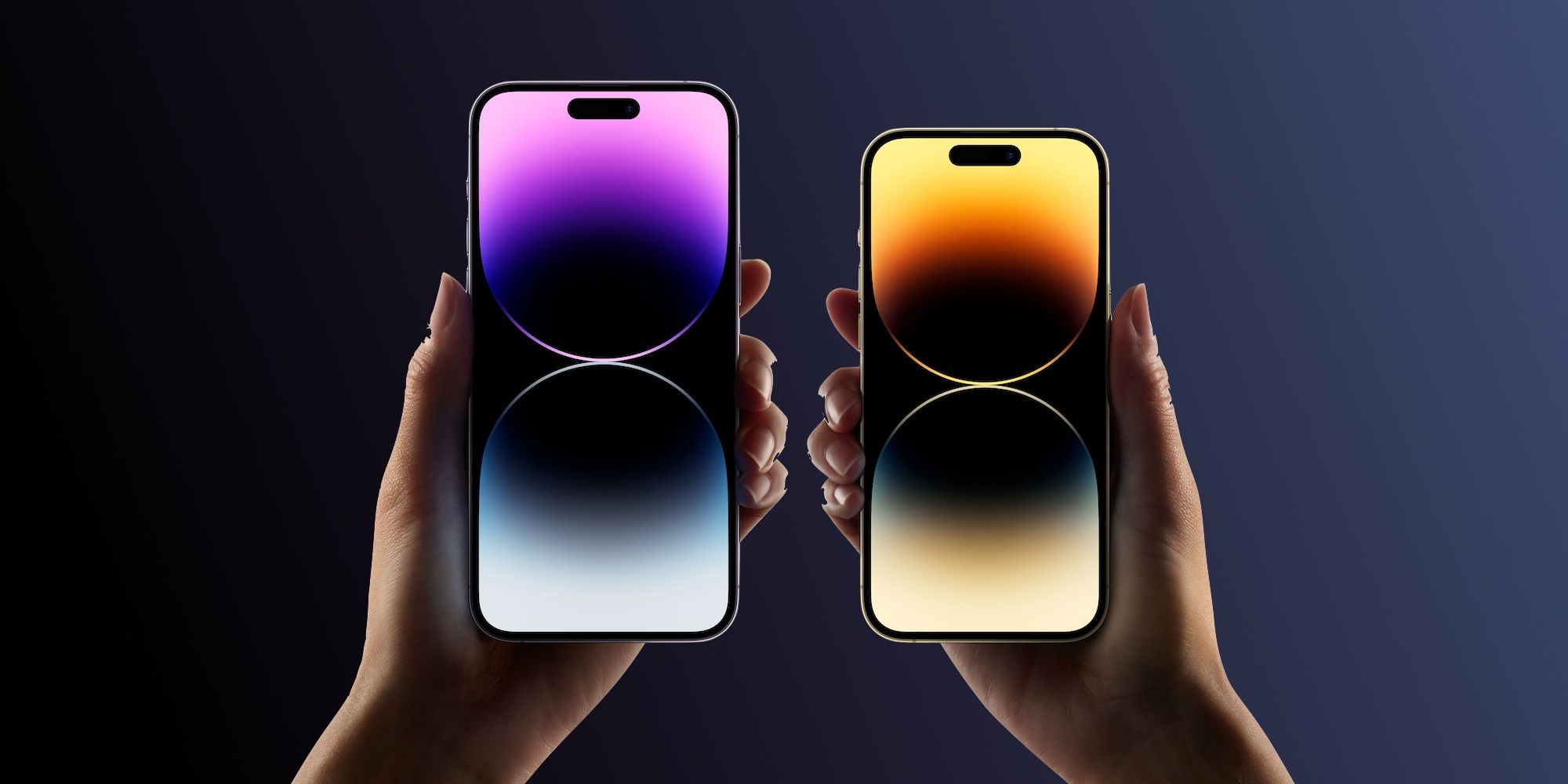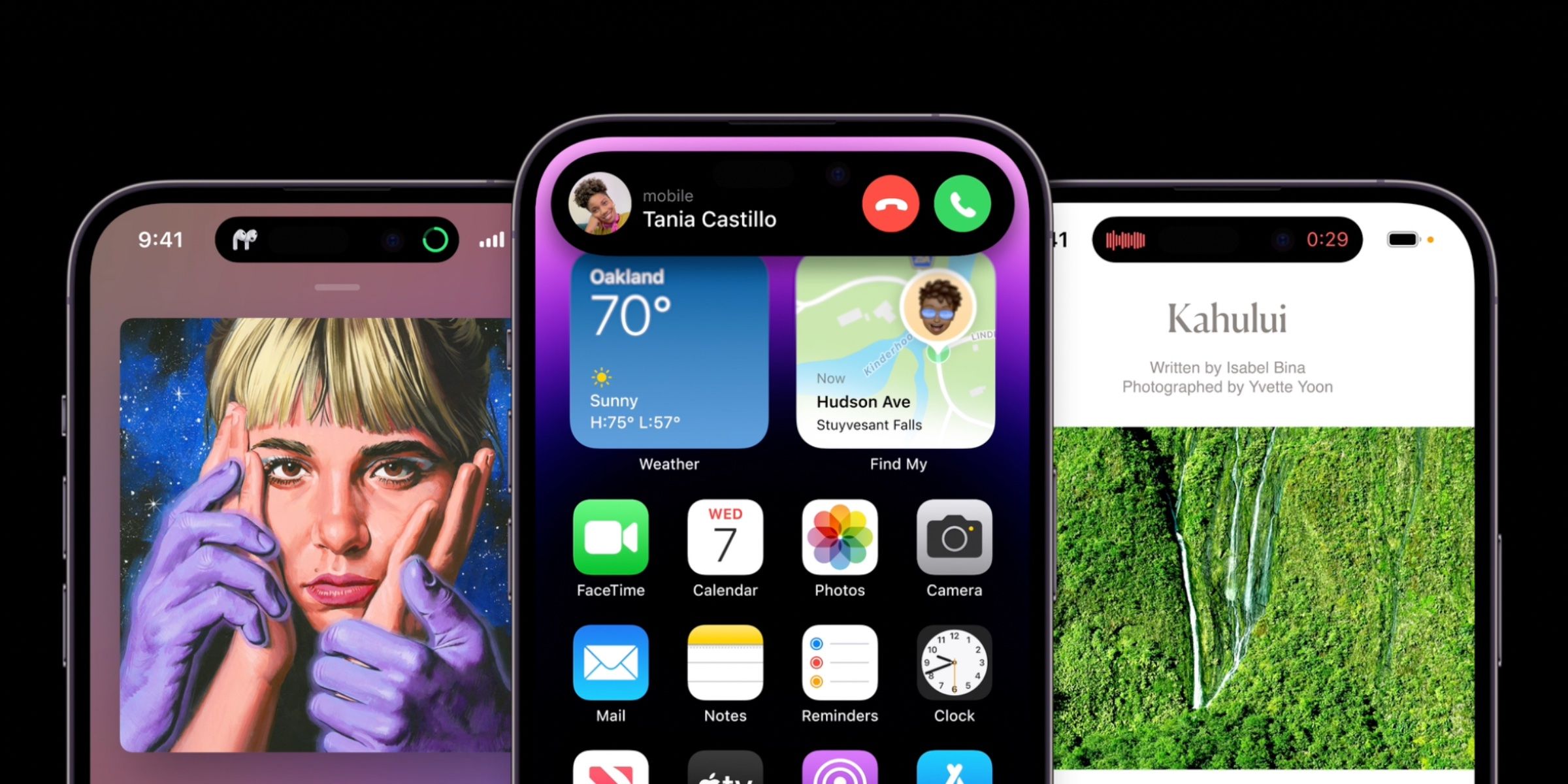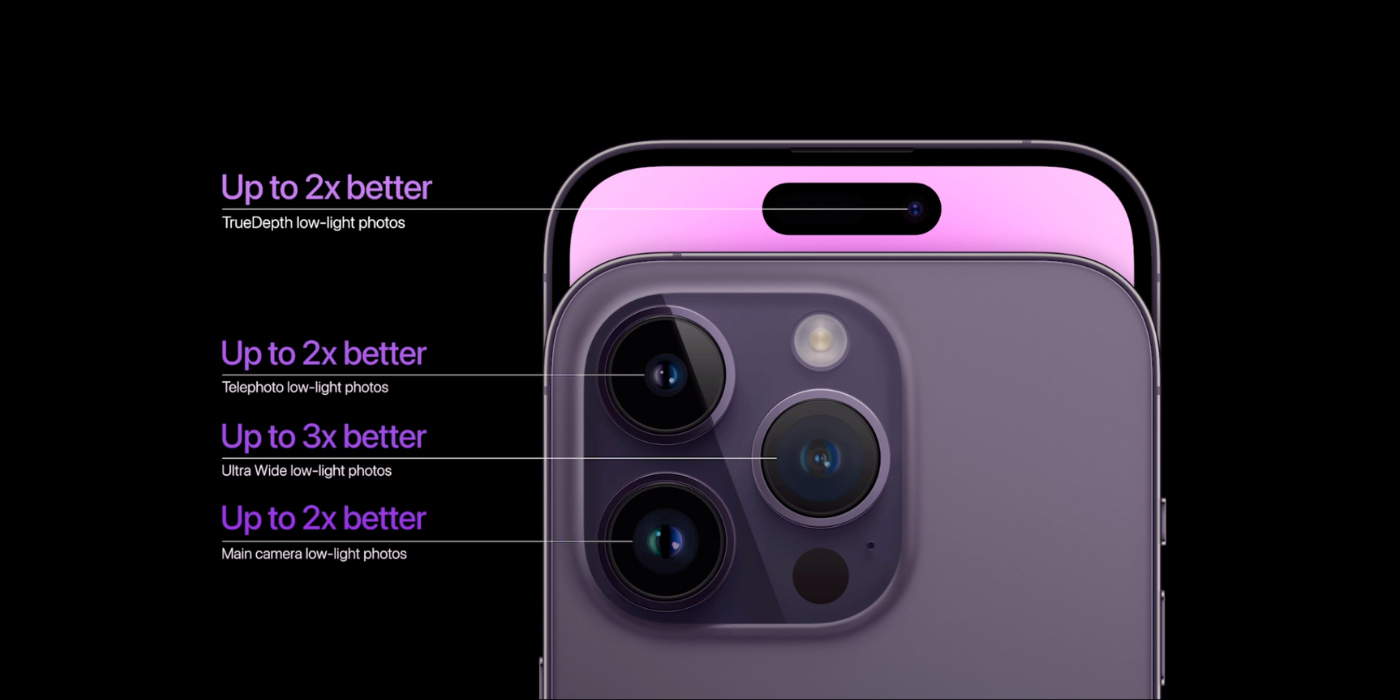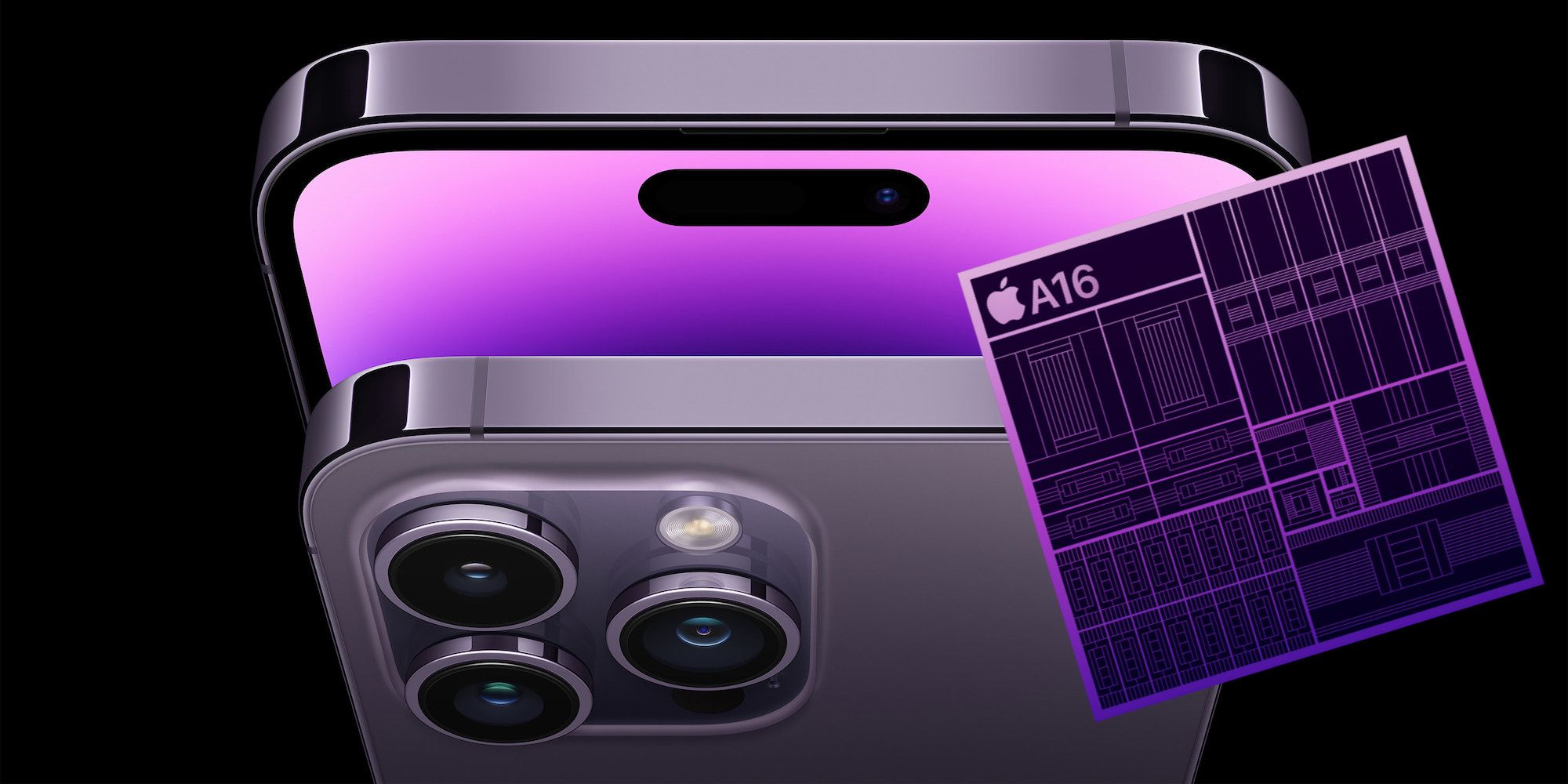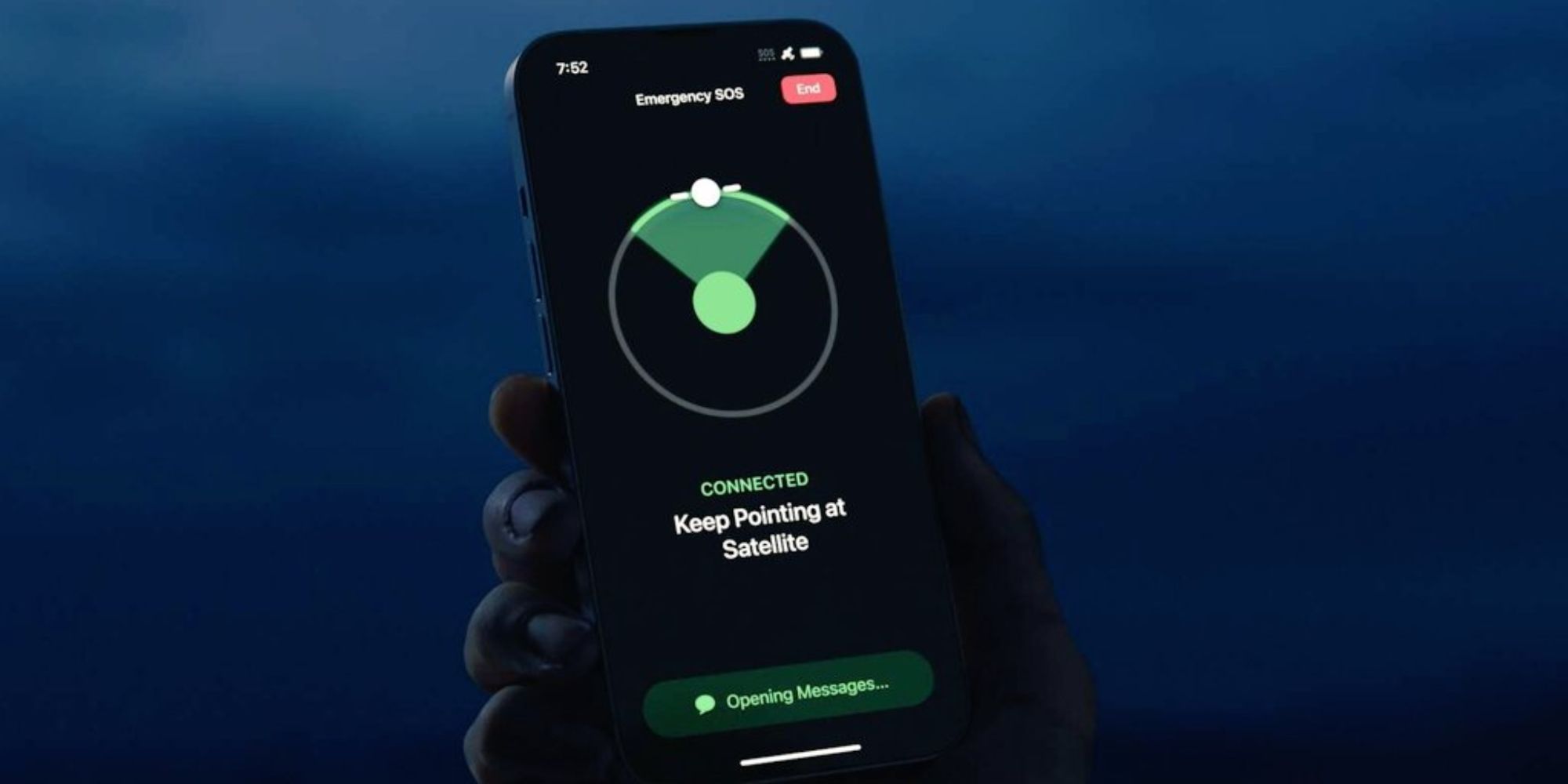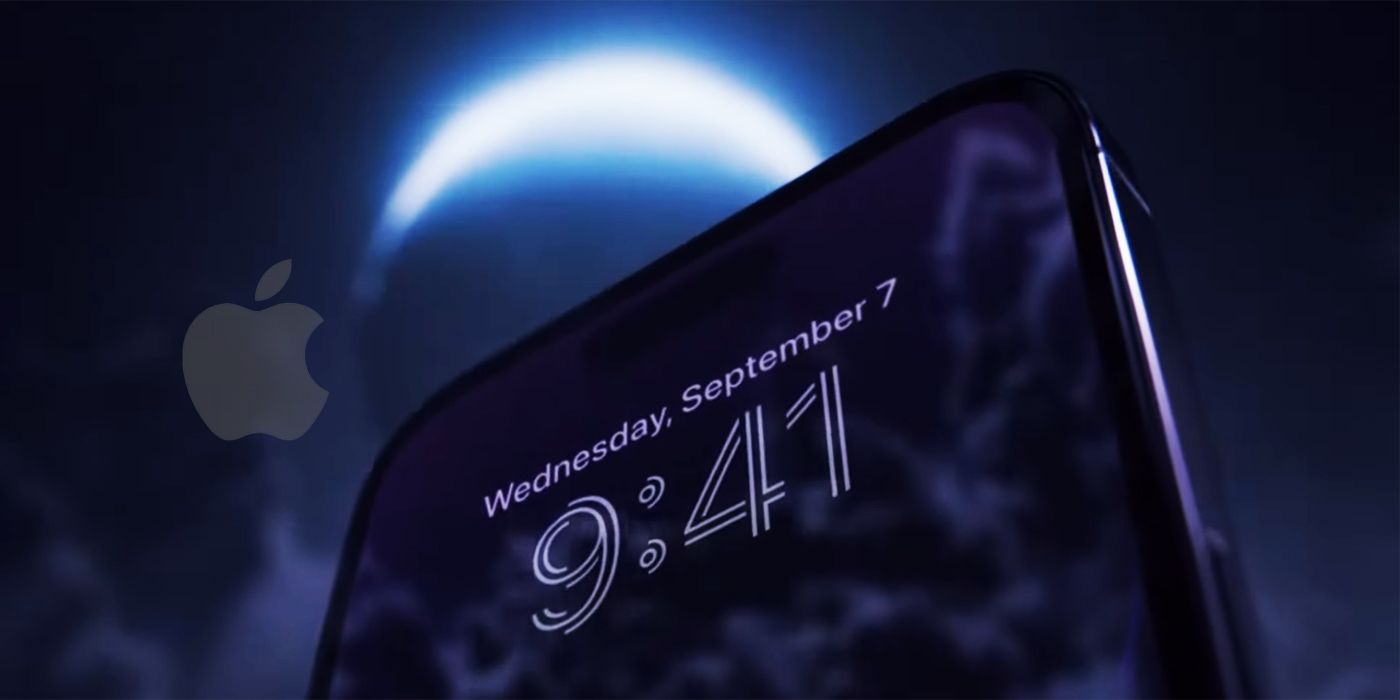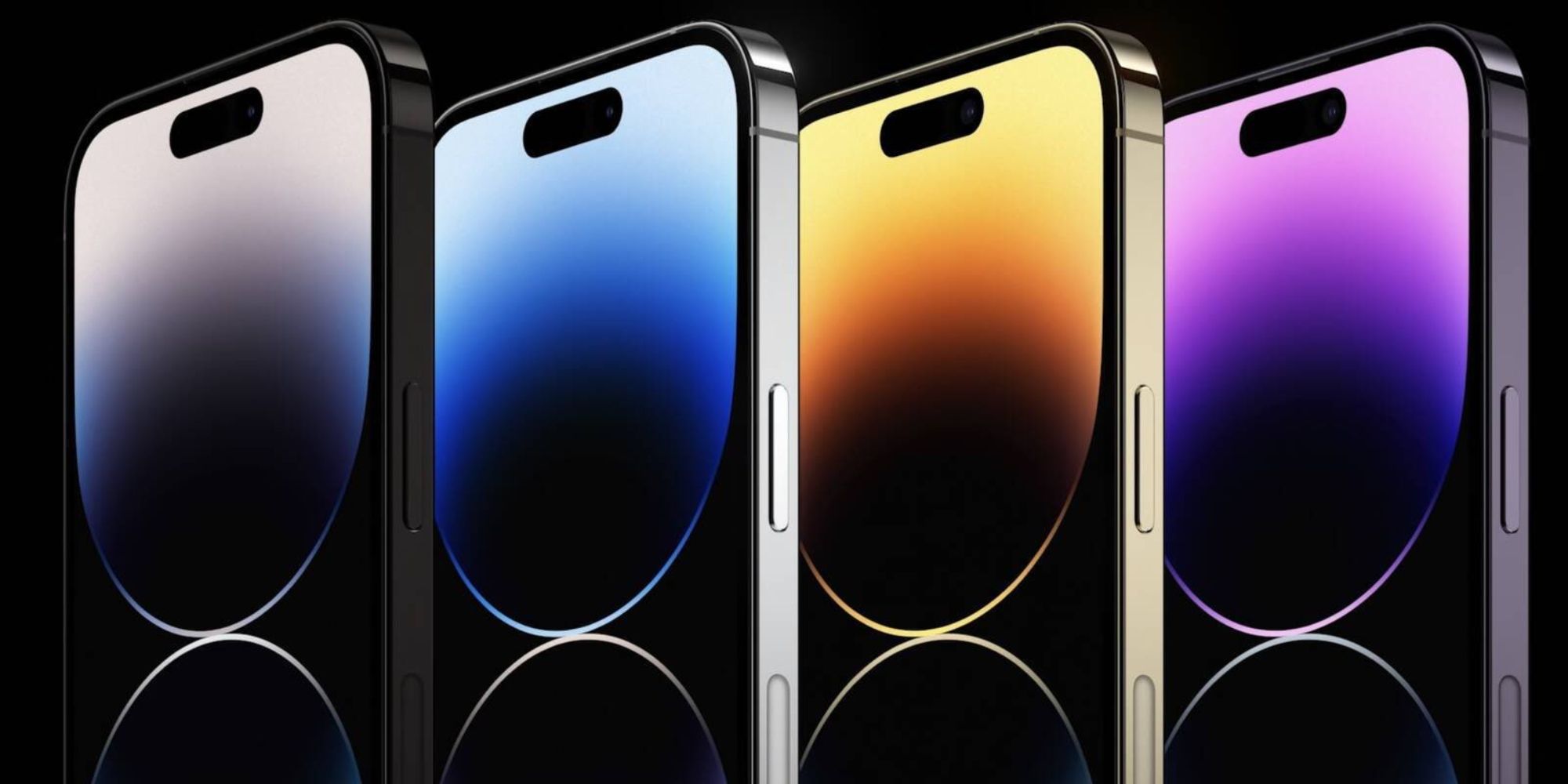Apple has taken the covers off the iPhone 14 series, and this year, the stars of the show are the iPhone 14 Pro and 14 Pro Max. The iPhone 14 series comprises four models, just like the iPhone 12 and iPhone 13 lineup. However, Apple has scrapped the iPhone mini merely two years since its introduction, and has replaced it with the iPhone 14 Plus this year. The new Plus model is the same size as the iPhone 14 Pro Max, but misses out on several premium features.
Apple is making what appears to be a permanent shift with its iPhones this year, with the iPhone 14 and iPhone 14 Plus carrying forward most features of the iPhone 13. This means they feature the same A15 Bionic chipset and retain the wide-notch design. The iPhone 14 Pro and Pro Max get all the upgrades instead, making them the true successors to the iPhone 13 series.
The new iPhones were announced on Sept. 7 during Apple's 'Far Out' event. Apart from the four new iPhones, Apple also introduced the Apple Watch Series 8, the powerful Apple Watch Ultra, and the second-gen Apple Watch SE. The long-overdue AirPods Pro 2 were also announced, three years after the original model was released.
iPhone 14 Pro & 14 Pro Max Design: Goodbye, Notch
Apple has used the same wide notch since the iPhone X was introduced in 2017, and the outdated design has been long overdue for an upgrade. The iPhone 14 Pro models are the first to use a new notch design. Originally rumored to feature two punch holes – a single hole-punch and a pill-shaped cutout – Apple surprised everyone with the Dynamic Island, a large pill-shaped notch that not only hides the front camera and Face ID sensors, but also doubles up as a notification bar. The Dynamic Island can also expand its shape to give users a preview of ongoing background activities like maps, music, the timer, and more.
As for the body design, the iPhone 14 Pro models look pretty much identical to their iPhone 13 Pro counterparts. They are made of stainless steel and feature Ceramic Shield protection for the display. The IP68 rating has also been retained, providing water-resistance for 30 minutes at a depth of up to six meters.
Apple has introduced a new Deep Purple color variant for the iPhone 14 Pro. The other three options include Gold, Silver, and Space Black. The Alpine Green and Sierra Blue shades of the iPhone 13 Pro devices have been discontinued, but Apple is likely to introduce another color variant at some point.
iPhone 14 Pro & 14 Pro Max Cameras: 48MP Resolution Bump
The iPhone 14 Pro models have seen the biggest upgrade to the camera resolution in several years, thanks to a new 48-megapixel primary camera. This replaces the 12-megapixel camera that has been a staple on iPhones for years. The 48-megapixel camera uses pixel-binning to take 12-megapixel images, allowing photos to take up less space while providing more detail. The primary camera can also take 2x telephoto photos thanks to its high resolution. For professionals, the primary sensor can also shoot ProRAW in 48MP resolution.
The primary camera is accompanied by a 12MP ultra-wide camera with 1.4 µm pixels. While the focal length has dropped from f/1.8 to f/2.2, Apple says the ultra-wide camera can now take better macro shots thanks to its improved pixel size. The 12MP telephoto camera doesn't appear to have changed much, still offering 3x optical zoom. The front camera has received a major upgrade with the addition of autofocus and a larger f/1.9 aperture to let in more light. All the camera advancements are accompanied by Apple's new Photonic Engine, which uses a combination of hardware and software to improve images taken in lower light.
iPhone 14 Pro & 14 Pro Max Specs: New Chip, Minor Changes
The iPhone 14 Pro and Pro Max use Apple's new A16 Bionic chipset. However, the performance bump isn't expected to be significant, since the A16 is based on the same 5nm fabrication process as the A15. The A16 Bionic retains the core specs of its predecessor, with a six-core CPU consisting of two performance and four efficiency cores, which Apple claims is 40 percent faster. The five-core GPU claims to offer 50 percent more memory bandwidth to improve gaming performance.
While Apple never discloses the RAM on its iPhones, Xcode 14 beta (via MacRumors) confirms that all the iPhone 14 series models feature 6GB RAM. This means there's no change in RAM from the iPhone 13 Pro models. However, previous reports have claimed that Apple is moving to the faster LPDDR5 standard. As for the storage, users will get four options – 128GB, 256GB, 512GB, and 1TB.
The iPhone 14 Pro and 14 Pro Max feature the same screen sizes as their predecessors, at 6.1-inches and 6.7-inches, respectively. The refresh rate is also the same at 120Hz, but there is a notable new addition – the Always-On display. Thanks to a refresh rate that can drop to 1Hz, the iPhone 14 Pro models finally offer a feature that has long been available on Android phones. The lock screen can now display the time, widgets, and Live Activities. It even continues to display the lock screen wallpaper, while dimming the colors to save battery life. Another key upgrade for the iPhone 14 Pro models is an improved peak outdoor brightness at 2,000 nits.
All the iPhone 14 models also get two new features – Crash Detection and Emergency SOS via Satellite. Thanks to a new accelerometer and gyroscope, the iPhone 14 can now detect when a user has been in a car crash and automatically call emergency services. The new Emergency SOS feature can communicate directly via satellite, to help users contact emergency services even when there's no cellular or Wi-Fi connectivity. The iPhone 14 can connect to a moving satellite to enable messaging, and trained specialists will be able to call for help on the user's behalf. The feature is only available in the U.S. and Canada (starting November), and is included for free for two years.
As previously rumored, Apple has gotten rid of the physical SIM card on the new iPhones. This means users will need to rely on eSIM for connectivity. Given that eSIM is readily available from all major carriers, this shouldn't affect the user experience. Apple continues to provide dual-SIM support via eSIM.
iPhone 14 Pro & 14 Pro Max Battery: No Fast Charging Improvements
Like the RAM, Apple keeps the battery capacity of its iPhones under wraps, but MacRumors was able to obtain this information via a Chinese regulatory database. The iPhone 14 Pro has a 3,200mAh battery, while the iPhone 14 Pro Max has a 4,323mAh battery. The capacities are pretty similar to the iPhone 13 Pro models, which feature a 3,095mAh and 4,352mAh battery, respectively. According to Apple, users can expect 'all-day battery life' with the new iPhones.
Unfortunately, there have been no changes to the fast charging capabilities of the new iPhones, which continue to offer a maximum wired charging speed of 20W. Wireless and MagSafe charging are also available. There's no charger in the box, so users will need to purchase their own. Apple has also retained the outdated Lightning connector on the iPhone 14 series, with USB-C only expected to be available on the iPhone 15.
iPhone 14 Pro & 14 Pro Max: Verdict
The iPhone 14 Pro starts at $999 for the 128GB model, while the iPhone 14 Pro Max starts at $1,099. These are the same prices as the iPhone 13 Pro models. Apple has gone all out with the iPhone 14 Pro this year, adding in several new features that will tempt even iPhone 13 users to upgrade. Aesthetically, the Dynamic Island and Always-On display will vastly improve the user experience on the iPhones
Additional features like the upgraded 48MP main camera, autofocus front camera and Photonic Engine should bring some dramatic improvements to photography. The A16 Bionic chip doesn't seem to offer dramatic performance changes, but users should expect to see some improvements. Coupled with features like Car Crash Detection and Emergency SOS via Satellite, and the new iPhone 14 Pro models appear to be ones most users will want to upgrade to.
Source: Apple/YouTube, Apple, MacRumors 1, 2

